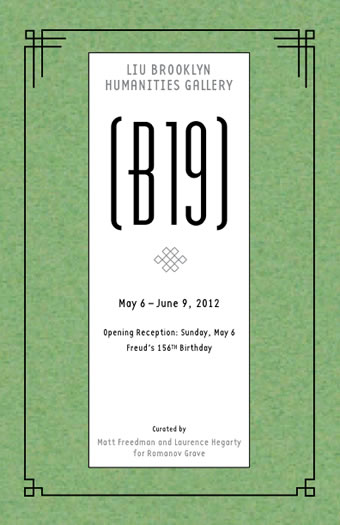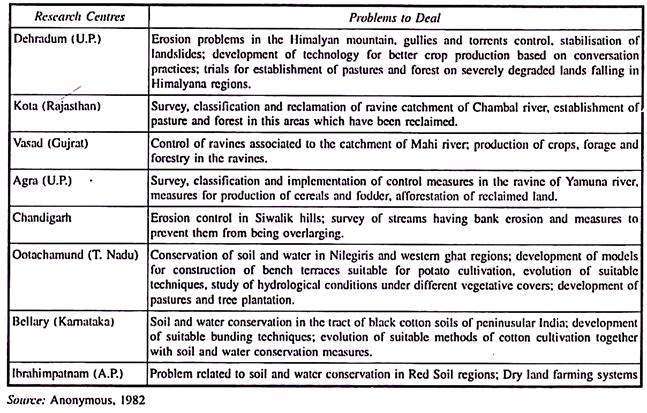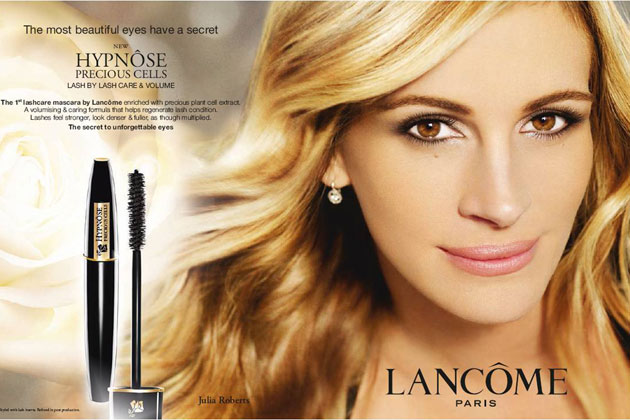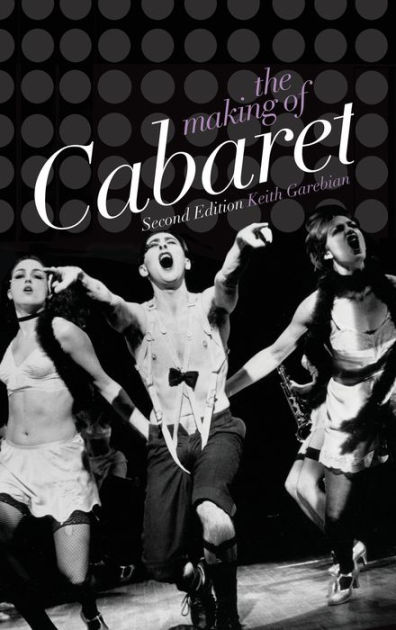Gordon Parks' 1950s Photo Essay On Civil Rights-Era.
Photographer Gordon Parks and writer Ralph Ellison wanted to offer corrective views of African American life in the popular press. This led them to collaborate on the 1948 essay “Harlem is Nowhere.” The text of the essay focused on the Lafargue Clinic, the first non-segregated psychiatric clinic in New York.
Famous photo essays like Country Doctor by W. Eugene Smith or Gordon Parks’ The Harlem Family are acclaimed for showing a glimpse into the lives of the sick and impoverished. Other well-made photo essays offer a new way to look at the everyday, such as Peter Funch’s much-reposted photo series 42nd and Vanderbilt, for which Funch photographed the same street corner for nine years.
When Life magazine asked Gordon Parks to illustrate a recurring series of articles on crime in the United States in 1957, he had already been a staff photographer for nearly a decade, the first African American to hold this position. Parks embarked on a six-week journey that took him and a reporter to the streets of New York, Chicago, San Francisco and Los Angeles.
Other posts on the site.
In a career that lasted more than half a century, Gordon Parks produced moving documentary photo-essays as well as groundbreaking popular films. After working for the Farm Security Administration and Office of War Information, Parks joined Life magazine in 1948, becoming the first African American photographer on staff.
From 1948, Parks contributed unique photo-essays that explored race relations, social justice, civil rights and urban life. This exhibition focuses on three defining stories, Segregation in the South (1956), Black Muslims (1963) and Muhammad Ali (1966-1970), which initially appeared in the magazine.
Explore releases from Gordon Parks at Discogs. Shop for Vinyl, CDs and more from Gordon Parks at the Discogs Marketplace.. musician, poet, novelist, journalist, activist and film director. He is best remembered for his photo essays for Life magazine, where he was the first black. J. Parks, Mr. Gordon Parks, Parks, Parks, Gordon (a731827.


















